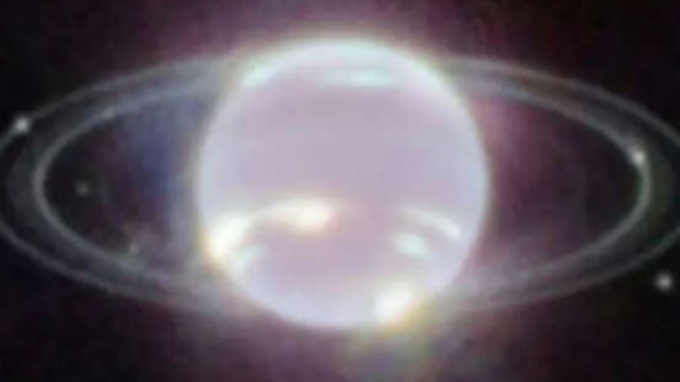Among the great historical personalities, certainly Napoleon Bonaparte it was the one that most influenced entire generations of artists, from painters and sculptors to poets and novelists. Having distinguished himself as a great politician who radically transformed European geography, Napoleon was also a “watershed” when it came to military strategy. At less than 30 years old, he was already considered an unrivaled military genius. His mighty battles (in North Africa, the Middle East, the European continent, and on the high seas) made him an icon, idolized by many and hated by many others.
Over almost fifteen years, the Napoleonic Wars defined the fate of entire nations and their atmosphere has been captured by countless writers, so that a panorama can be drawn the entire nineteenth century from the literature that had as its theme, directly or indirectly, the campaigns of Napoleon Bonaparte, such as that of austerlitz. Among the great writers who guided many of his works from the Napoleonic personality, there are, for example, two Russians and three French:
Bad smellDostoevsky and leonTolstoy, honorinBalzac, Victor Hugo and Stendhal, respectively.Tolstoy wrote the monumental work War and peace as a way of accounting for the entire process of the Russian tsarist army's military campaigns against Napoleon's army. The voluminous novel features hundreds of characters and depicts battle scenes and psychological tensions in rich detail. But what is most impressive in Tolstoy's narrative is the way in which he managed to transform real historical characters, especially Napoleon, into vividly dramatic characters. Likewise, Dostoevsky managed to build one of his most impressive characters, Raskolnikov, in Crime and Punishment, as someone who, obsessed with Napoleon Bonaparte, considers himself a superior spirit to others, a a person who, like the French emperor, would be destined to achieve high levels in the History.
Balzac and Victor Hugo also built galleries of characters who inhabit the universe shaped by the Napoleonic wars. In this regard, two works by these authors are notorious: THEDuchess of Langeais, by Balzac, and The miserable, by Victor Hugo. Many other authors have addressed this same theme and its later consequences, such as the wave of revolutions in France in the 1830s. But an example of a French-speaking author who managed to dissect how Napoleon was idolized was Stendhal. the novels red and black and the Carthusian of Parma they are among the obligatory references for understanding the world after the advent of Napoleon.
in the red and black, Stendhal erected the character Julien Sorel as being obsessed with Napoleon Bonaparte, as well as Dostoevsky's Raskolnikov. Stendhal sought to show how Sorel's social ambition and the meticulous steps this young man took in towards the execution of their pretensions were inspired by Napoleonic ambition, in the figure of the great hero conquer. In The Charter of Parma, Stendhal brought to light the character Frabrice del Dongo, an aristocrat of Italian origin, subject of the Austrian king, who decided (fascinated by Napoleon) to join the French national army. However, del Dongo proved to be as clumsy or more clumsy than the character in cervantes, Don Quixote de la Mancha. The following excerpt demonstrates del Dongo's behavior well:
“Ah! At last, here I am in the fire!” he thought. “I saw the fire!” he repeated to himself with satisfaction. "Now I'm a real soldier." At that moment, the school was in full swing, and our hero understood that they were cannonballs that made dirt fly all over the place. As much as he looked the way the bullets were coming from, he saw only the white smoke from the battery in the distance huge, and in the midst of the equal and continuous roar produced by the cannons he seemed to hear the volleys much more nearby; I didn't strictly understand anything."[1]
With this character, Stendhal wanted to satirize precisely the cult of the figure of Napoleon and the tone majestic with which Napoleonic battles were portrayed, both by painters and others novelists.
GRADES
[1] STENDHAL The Carthusian of Parma. (trans. Rosa Freire D'Aguiar.) São Paulo: PEGUIM/ Companhia das Letras, 2012. P. 80.
By Me. Cláudio Fernandes
Source: Brazil School - https://brasilescola.uol.com.br/guerras/as-guerras-napoleonicas-luz-literatura.htm

